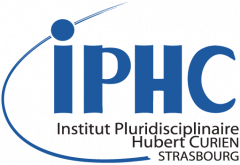Institut pluridisciplinaire Hubert Curien - IPHC
L’IPHC, unité mixte de recherche sous cotutelle du CNRS et de l’Université de Strasbourg (UMR7178), est un exemple de réussite de la pluridisciplinarité où des équipes de recherche de cultures scientifiques différentes (écologie, physiologie et éthologie, chimie et physique subatomique) développent des programmes pluridisciplinaires de très haut niveau avec pour socle l’instrumentation scientifique.
Nos départements de recherche
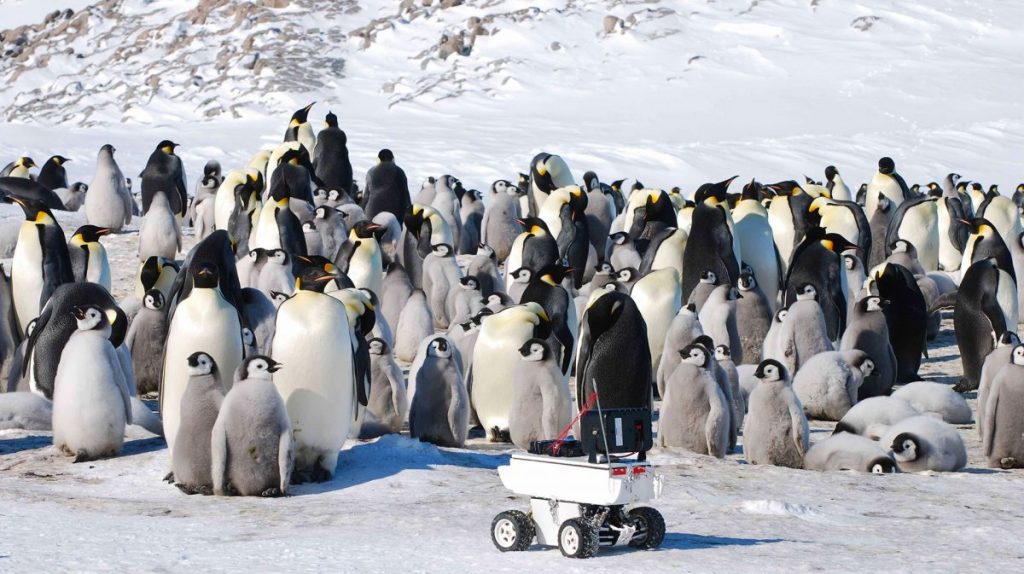
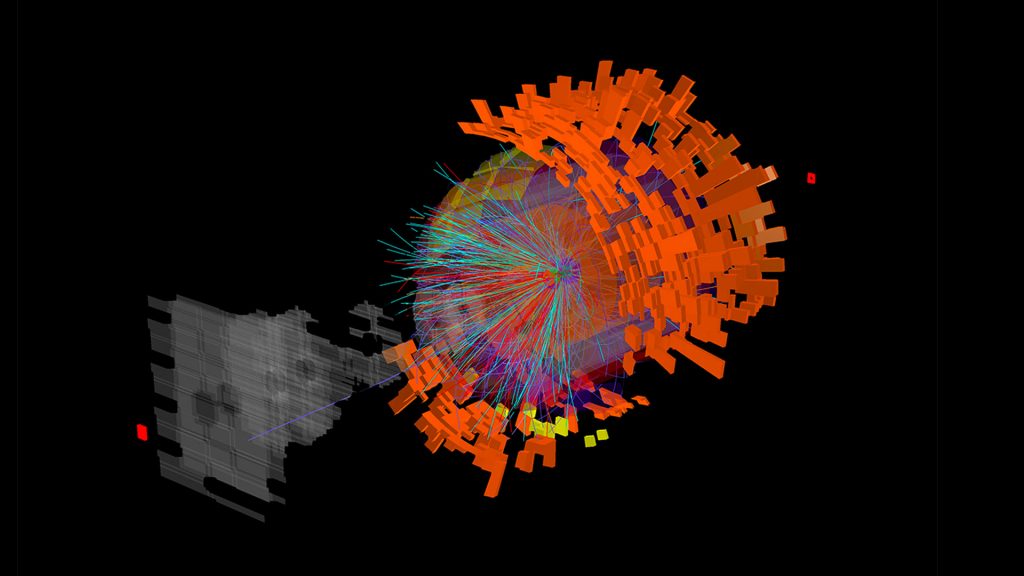
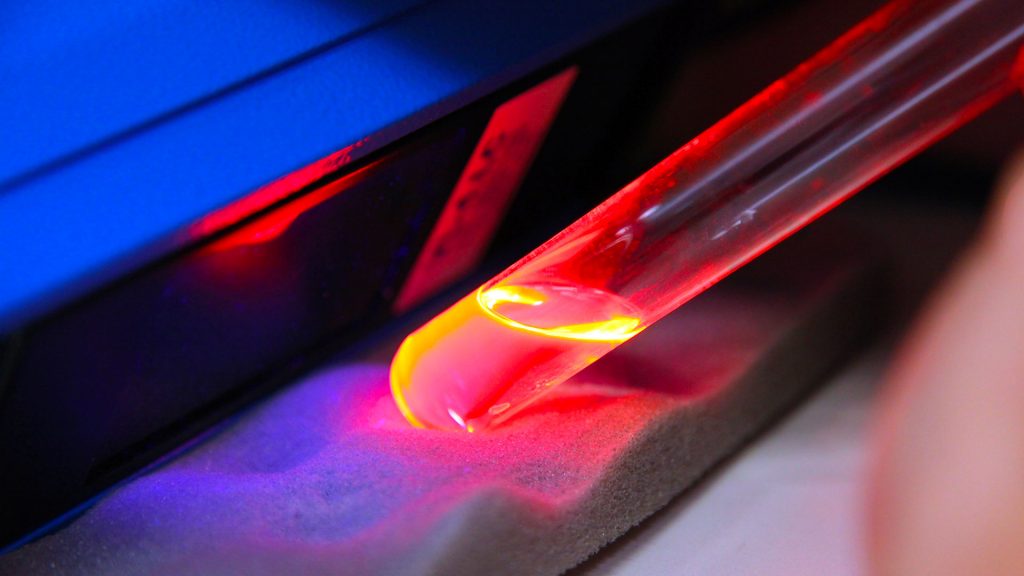
Les Actualités
Voir toutes les actualités
20ème édition des Journées Scientifiques du CNFRAA
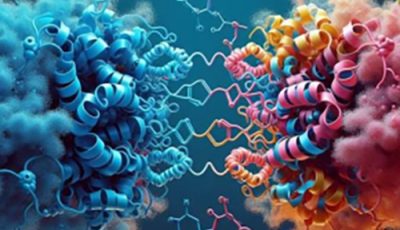
Une nouvelle méthode plus rapide et plus précise pour améliorer l'analyse des interactions entre protéines

FAIR-GENCO Membership Award décerné à Frédéric Nowacki
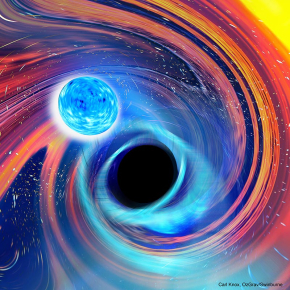
Un signal d’ondes gravitationnelles rebat les cartes des masses des objets célestes
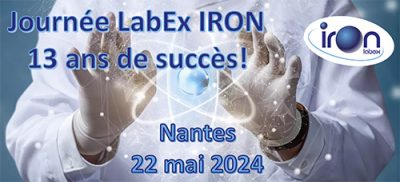
Journée LabEx IRON : 13 ans de succès !
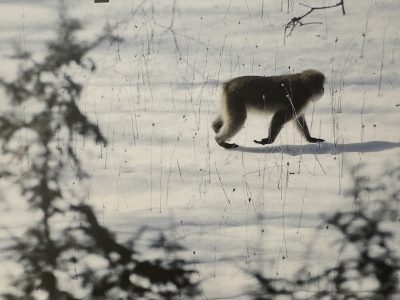
Carnets de science | Fascinantes cultures des macaques du Japon
Suivez-nous
Prochains évènements
Voir l’agenda"Nuclear structure evolutions probed by transfer reaction and laser spectroscopy" (Louis Lalanne - IPHC)
Speakers: Louis Lalanne (IPHC) The atomic nucleus is a quantum many-body system composed of protons and neutrons, bound together by the nucleon nucleon interaction. Understanding how nuclear structure emerges from this interaction and how this structure evolves going far from the valley of stability has become one of the main quests of contemporary nuclear physic. In this seminar, several cases of nuclear structure evolution in exotic isotopes, revealed by different experimental methods will be presented and interpreted. First the study of neutron deficient Ca isotopes using transfer reactions will be discussed, then preliminary results from laser spectroscopy experimental campaigns will be presented. The 36Ca nucleus has several fascinating properties bringing together multiple fields of nuclear physics. In the mirror pair 36Ca-36S, the Coulomb interaction induces large isospin symmetry breaking effects that act as a magnifying glass of the structure of the excited states. The study of the corresponding mirror energy differences then allows to probe their structures and shapes. Furthermore, with 16 neutrons and 20 protons, 36Ca is expected to show features of a doubly magic nuclei. The magicity of the N=16 sub-shell closure has already been highlighted far from stability, in the neutron rich 24O but have still not been evidenced in the proton rich region. Finally, the 35K(p,γ)36Ca reaction has been identified as one of the ten (p,γ) reactions having the largest impact on the luminosity profile emitted during Type Ia X-ray burst. In this seminar, experimental results obtained at GANIL using (p,d) and (p,t) transfer reactions on 35Ca and 36Ca will be presented, together with their implication in the study of isospin symmetry breaking, shell evolution and nuclear astrophysics. The Collinear Resonance Ionization Spectroscopy (CRIS) experiment is a laser spectroscopy setup operating at the ISOLDE facility of CERN, allowing to study the evolution of fundamental properties of the ground state (spin, electromagnetic moments and charge radii) as function of the neutron number. In the past few years, the CRIS collaboration undertaken several experimental campaigns aiming at the study of nuclear structure evolution along the Al and and Cr isotopic chains, together with the first experimental study of the RaF and AcF radioactive molecule. The neutron-rich Al isotopes provide an excellent opportunity to investigate the evolution of nuclear structure crossing the N = 20 shell closure and the transition into the N=20 island of inversion (IoI). The neutron rich Cr isotopes, located between the magical Ca and Ni, display the highest level of deformation and collectivity of the region. 64Cr is understood to be at the center of the N=40 island of inversion and the study of Cr ground state property from the stability to the N=40 IoI allows to get a comprehensive picture of the evolution from spherical and single particle behavior to deformed and collective structures. During this presentation, the preliminary results of these experiments will be presented together with the prospects of the CRIS experiment for 2024. https://indico.in2p3.fr/event/32408/
Visite Sebastien INCERTI
https://cern.zoom.us/j/2542448815? https://indico.in2p3.fr/event/33081/
